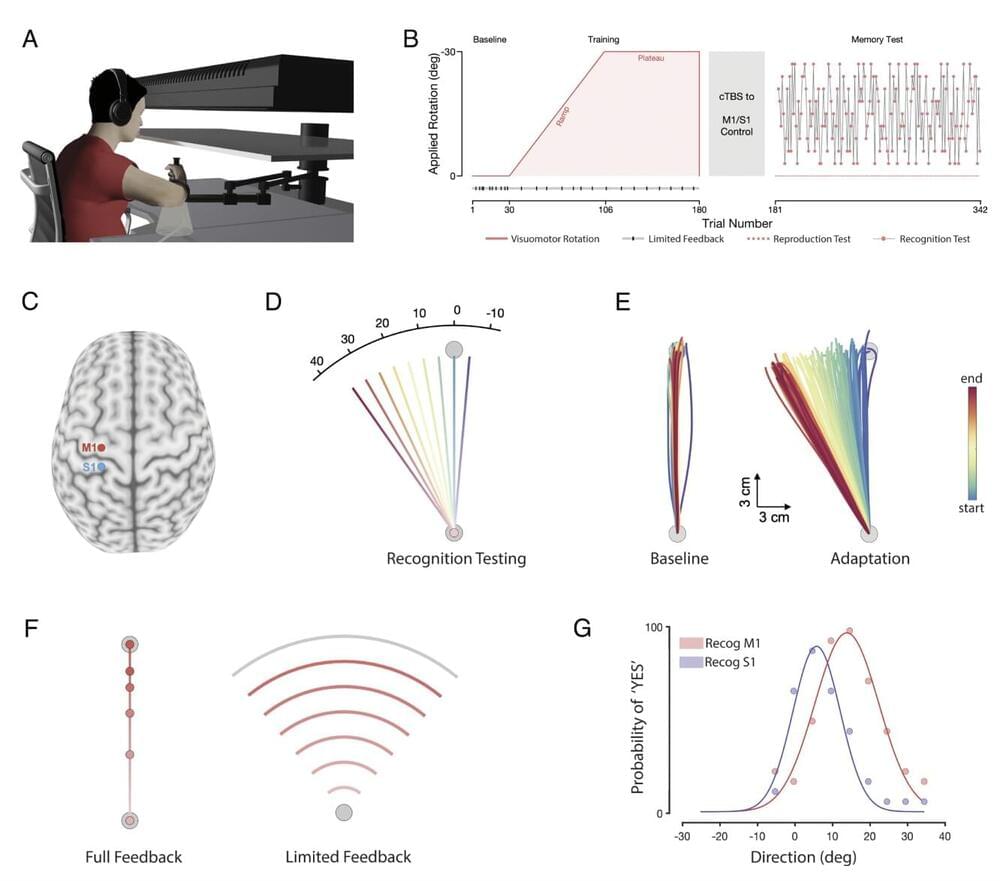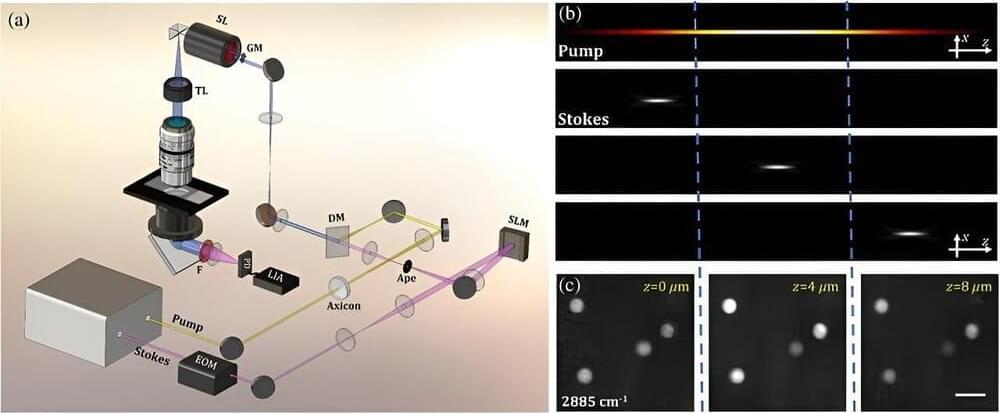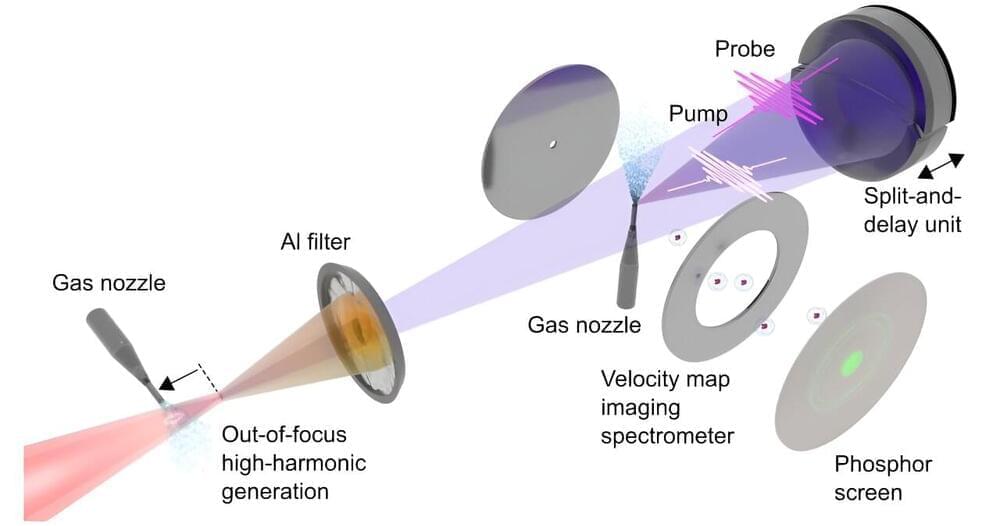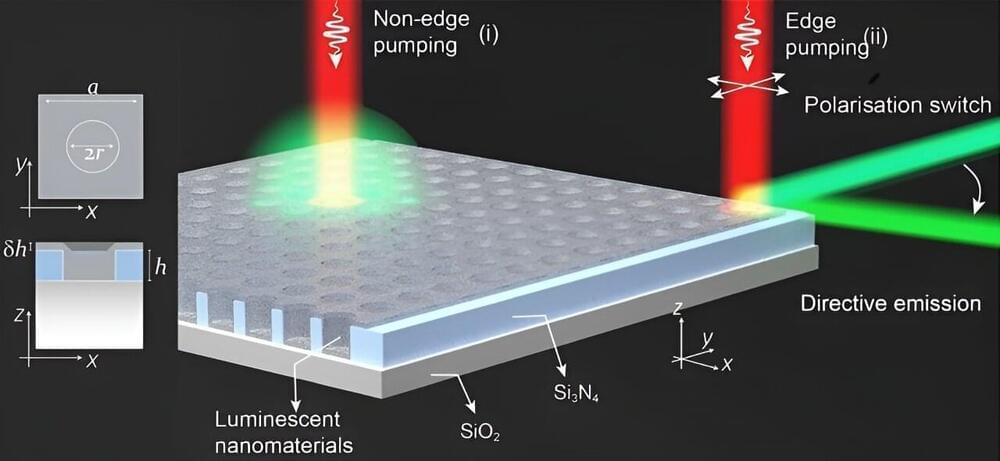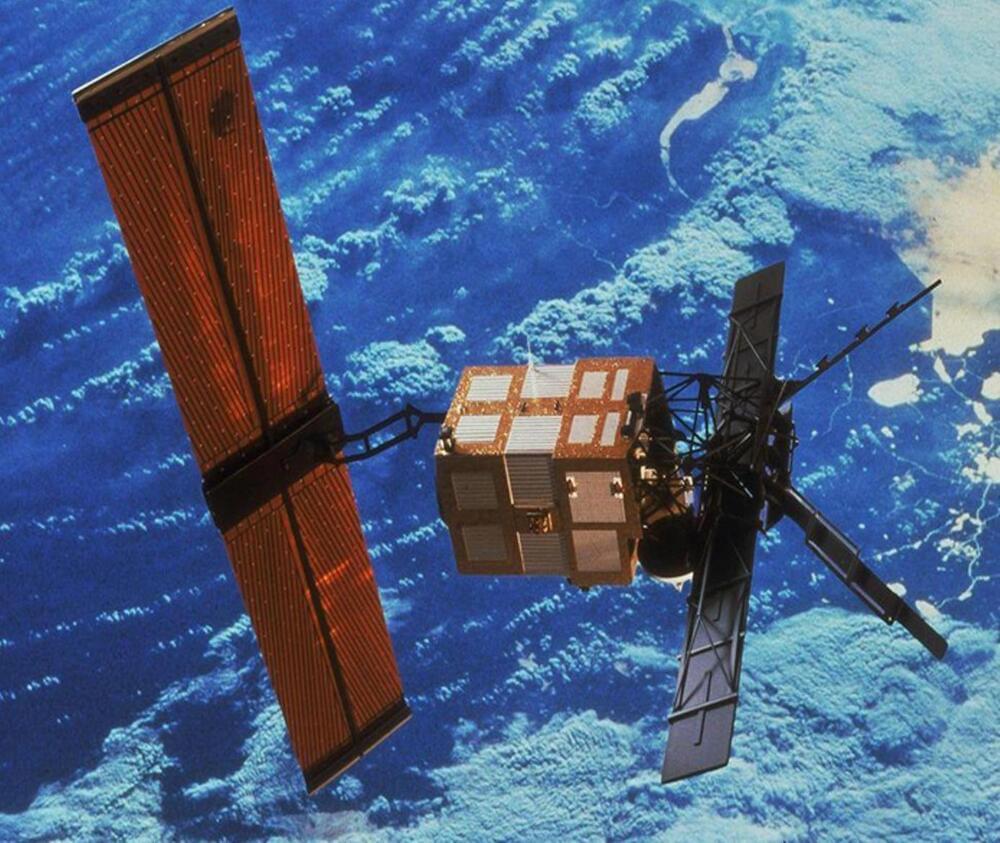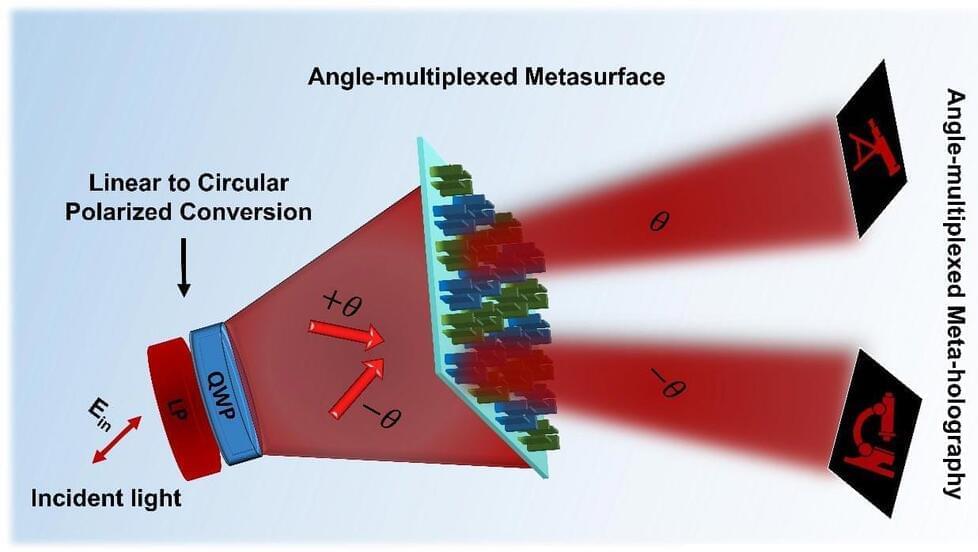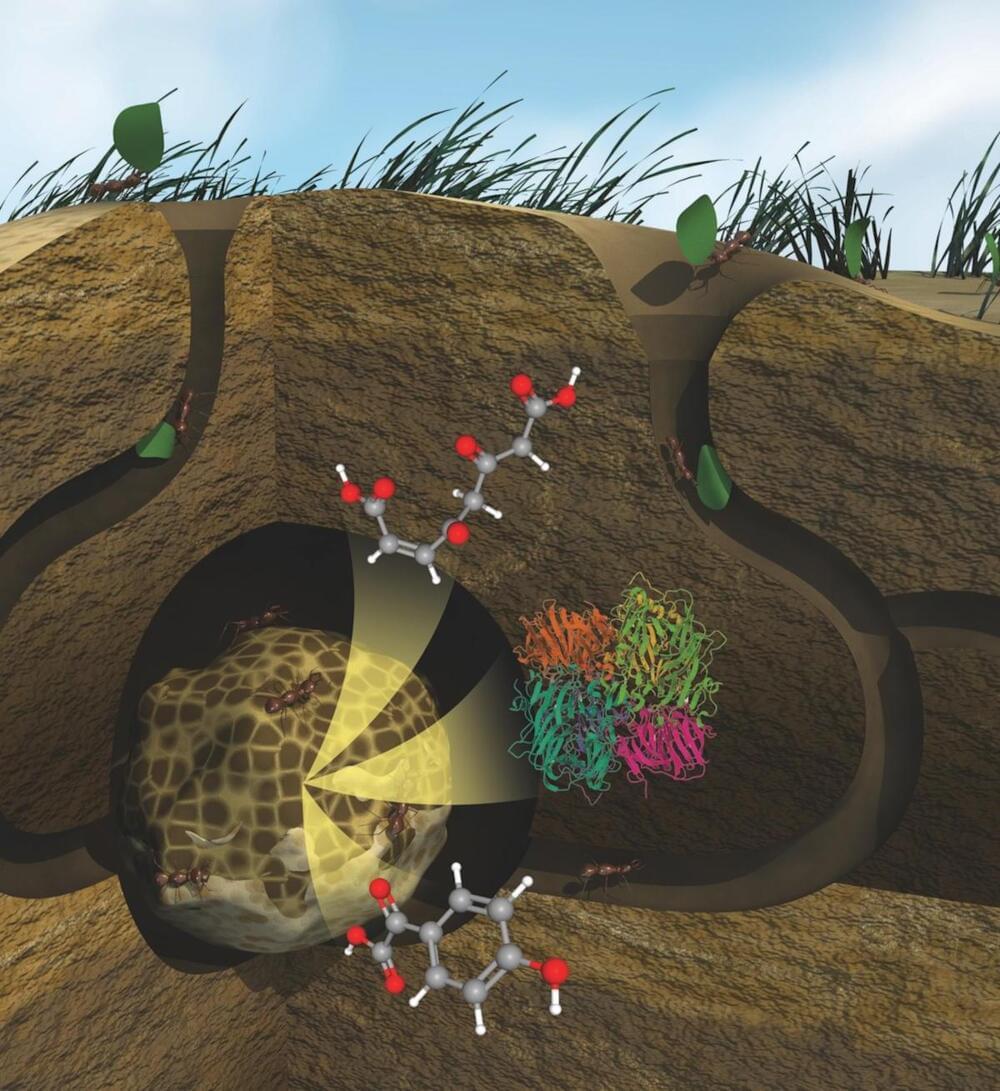The somatosensory cortex is a brain region known to play a role in the detection of tactile information, changes in temperature, and pain sensations. Some recent studies found that this crucial brain region is also involved in the human ability to learn and retain new motor skills.
Despite initial findings hinting at the involvement of the somatosensory cortex in motor learning, the nature of its involvement remains poorly understood.
Researchers at University of Pittsburgh Brain Institute recently carried out a study aimed at better understanding the contributions of the somatosensory cortex to the learning and retention of new movements. Their findings, published in Proceedings of the National Academy of Sciences, suggest that the somatosensory cortex could be specifically responsible for encoding new sensory targets or, in other words, learning-adapted sensory states.
